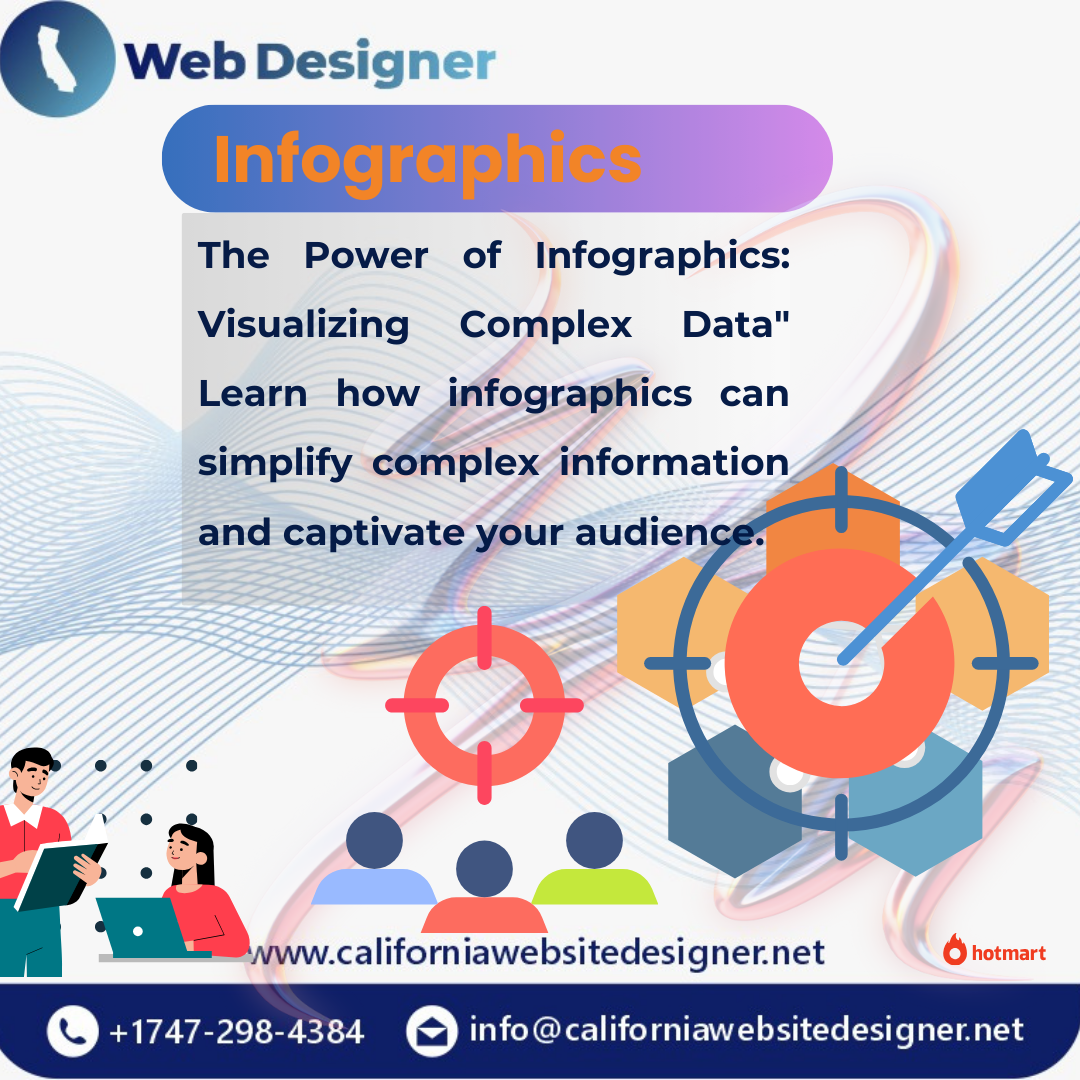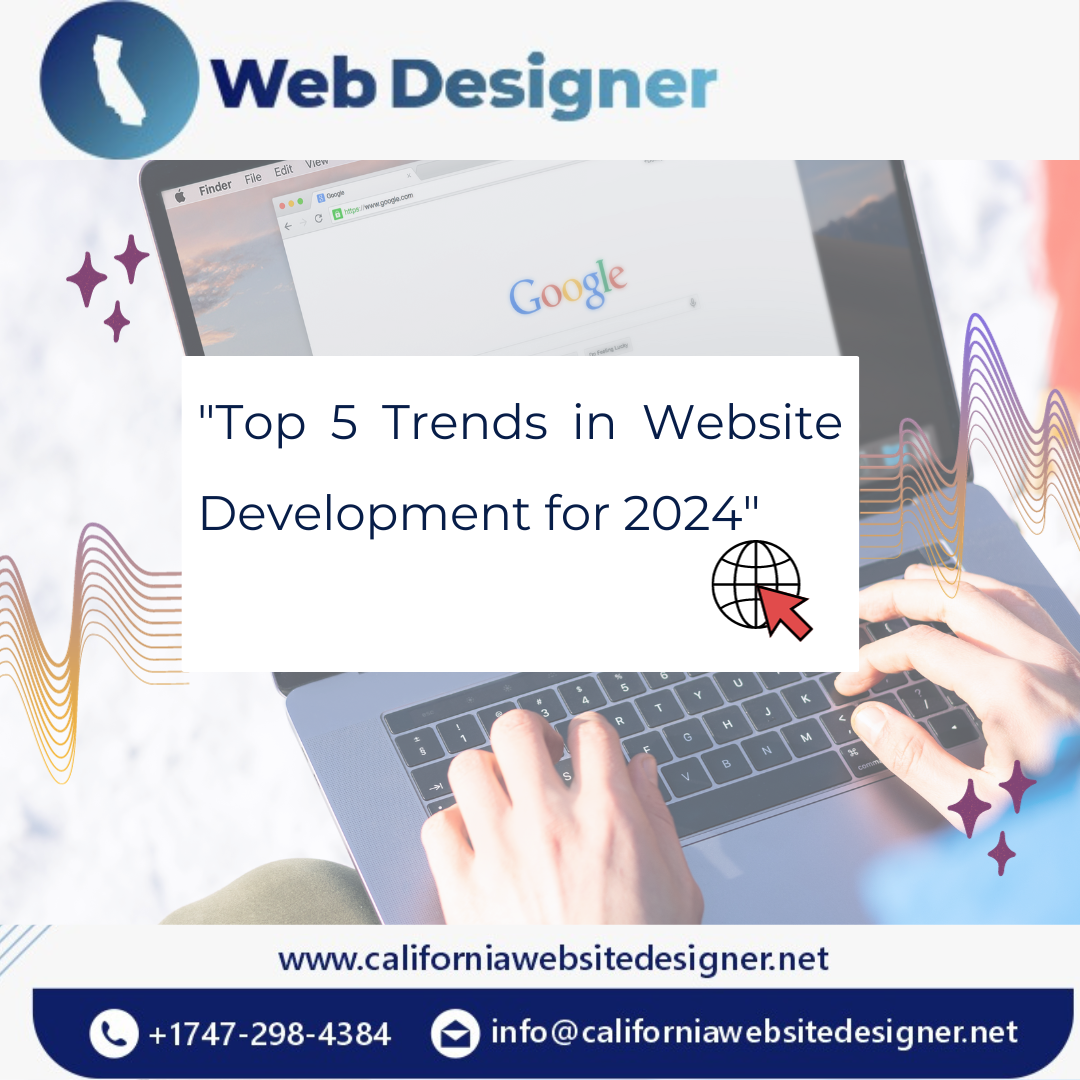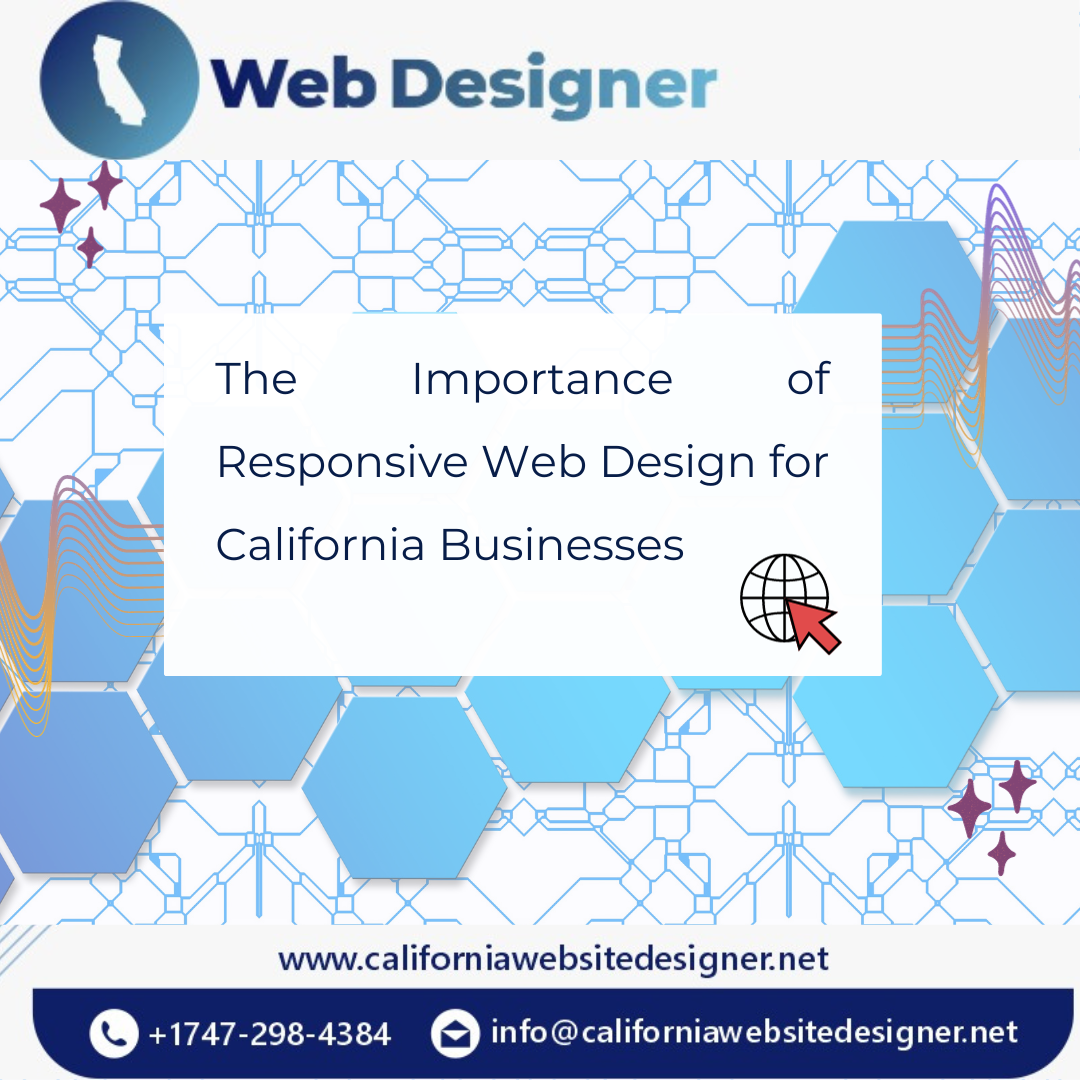Infographics: In modern-day virtual international, in which there’s in order that plenty of facts humming around, it’s like a large records celebration. But not everyone speaks the same language at this birthday celebration, and some conversations can get pretty complicated. Imagine being the only one who can translate all that confusing communication into a simple, fun tale that everyone enjoys. That’s what infographics do – they’re like language superheroes! They take the tough-to-apprehend stuff and flip it into a groovy comedian book that everyone at the birthday celebration can study and enjoy. So, in this big data birthday celebration, being an infographic superhero is the key to making sure every person receives the message and has an excellent time!
Understanding Infographics: A Comprehensive Dive into Visual Communication
Infographics serve as powerful tools in the realm of visual communication, offering a dynamic means to convey information, data, or knowledge in a manner that is both efficient and engaging. In this exploration of infographics, we delve into their definition, purpose, and the essential elements that contribute to their effectiveness.
Definition and Purpose: Unveiling the Essence of Infographics
At its core, an infographic is a visual representation meticulously crafted to present intricate information with simplicity and clarity. The primary purpose is to dismantle complex concepts, transforming them into visually digestible components that resonate with a diverse audience. By amalgamating text, images, and graphical elements, infographics transcend language barriers, ensuring information is accessible to a broader spectrum of individuals.
The overarching goal of infographics is to streamline the communication process, allowing viewers to absorb key insights quickly. Whether illustrating statistical trends, explaining processes, or detailing intricate narratives, these visual aids cater to various informational needs across industries.
Elements of a Compelling Infographic: Crafting Visual Excellence
To create a compelling infographic, several key elements must harmonize, resulting in a visually striking and informative piece.
Clear Design: Unveiling the Beauty of Simplicity
Central to an effective infographic is a clear and intuitive design. The visual layout should be aesthetically pleasing, guiding the viewer’s eyes through the information seamlessly. Simplicity in design doesn’t imply a lack of sophistication; rather, it emphasizes the elimination of unnecessary complexity. The art of distillation is crucial, ensuring that each visual element serves a purpose in enhancing the overall comprehension of the content.
Effective Use of Colors and Fonts: The Palette of Visual Communication
The strategic use of colors and fonts is akin to a painter’s palette in the world of infographics. The selection of colors can evoke emotions, highlight key points, and establish a visual hierarchy. Font choices contribute to the overall tone, ensuring readability without sacrificing the aesthetic appeal. Consistency in these design elements is paramount, creating a cohesive visual narrative that resonates with the audience.
Data Visualization Techniques: Bringing Numbers to Life
At the heart of many infographics lie diverse data visualization techniques. Charts, graphs, and icons are employed to distill complex numerical information into easily understandable visual cues. These techniques not only enhance the aesthetic appeal but also provide depth and context to the presented data. Bar charts, pie graphs, and timelines become the visual language that speaks volumes, transforming statistical figures into narratives that resonate.
As the digital landscape evolves, infographics continue to adapt and integrate dynamic technologies. Interactive infographics, for instance, allow users to engage actively with the content, deepening their understanding. In an age inundated with information, infographics stand as beacons of clarity, guiding audiences through the intricacies of data and knowledge with visual finesse.
In conclusion, understanding infographics involves recognizing them as dynamic tools of visual communication crafted to simplify complexity and enhance comprehension. The combination of clear design, strategic use of colors and fonts, and adept data visualization techniques culminates in infographics that not only convey information but also captivate and educate audiences across diverse domains.

Practical Applications of Infographics
Infographics have become a versatile and powerful tool for communication across various domains. Their ability to convey complex information in a visually engaging and easily digestible format makes them indispensable in diverse fields. Two prominent areas where infographics find extensive practical applications are business and marketing and the realm of education.
Business and Marketing:
In the quick-paced and aggressive panorama of the international enterprise, conveying statistics quickly and efficiently is vital. Infographics serve as a visible, useful resource that enables corporations to speak complex records and trends compellingly. In advertising and marketing, infographics are worthwhile for offering marketplace tendencies, product features, and statistical statistics to each inner team and outside audiences.
One of the number one blessings of infographics in enterprises is their capacity to decorate the visual appeal of advertising and marketing substances. Whether utilized in brochures, presentations, or reports, infographics capture the target market’s attention and facilitate a more profound knowledge of the information supplied. For example, a business enterprise launching a brand new product can create an infographic showcasing its key features, benefits, and marketplace positioning, offering a quick and attractive assessment for potential customers.
Moreover, infographics play a crucial role in internal communication within businesses. Teams can use them to illustrate complex processes, project timelines, or performance metrics. This visual representation simplifies the understanding of intricate details, fostering clearer communication and collaboration among team members.
Education:
In the world of education, infographics are effective tools that enhance the getting-to-know experience for college kids. Their visible nature makes them especially powerful in simplifying complex standards, assisting instructors in making training more on-hand and enjoyable for beginners of all ages.
Teachers can use infographics to break down intricate topics into easily understandable components, creating a visual roadmap for students. For example, in science classes, complex biological processes can be illustrated through infographics, helping students grasp the information more effectively. This technique not simplest complements comprehension but also makes studying a more attractive and enjoyable revel.
In addition to simplifying training, infographics can be used to create academic materials together with posters, handouts, and study guides. These substances can be shared with college students to boost key standards, provide additional context, or serve as quick reference guides. Visual aids, such as infographics, cater to various learning styles, ensuring that students with different preferences can benefit from the visual representation of information.
Furthermore, infographics promote information retention. The combination of text and visuals in an infographic helps students remember information more effectively than traditional text-based learning materials. It is particularly beneficial when trying to convey historical timelines, geographical facts, or mathematical processes.
The practical packages of infographics make bigger into each the commercial enterprise and education sectors. In commercial enterprise and marketing, infographics serve as powerful tools for conveying statistics in a visually compelling manner, helping in the presentation of marketplace tendencies, product functions, and statistical statistics. In schooling, infographics simplify complicated ideas, making classes more reachable and enjoyable for college students and promoting higher information retention. As a versatile and impactful communique device, infographics continue to play a pivotal function in improving know-how and engagement across numerous domains.
How to Create an Effective Infographic: A Comprehensive Guide
Creating an effective infographic involves a thoughtful process that begins with defining your objective and extends to designing with your audience in mind. By incorporating key steps and considerations, you can produce an impactful visual representation of information that captivates and informs your target audience.
1. Define Your Objective:
Before embarking on the layout journey, it is essential to establish a clear goal for your infographic. Ask yourself: What is the reason? Is it to teach, convince, or tell? Having a properly described aim provides a roadmap for the content material appropriately. For example, if you aim to train, your infographic has to take heed to present statistics cleanly and understandably.
When the ‘why’ is within the return of your infographic, it becomes simpler to make choices about content material, layout, and layout. This preliminary step units the tone for the entire system, ensuring that your infographic serves its supposed cause correctly.
2. Choose Relevant Data:
Selecting the right records is a pivotal step in creating an impactful infographic. The key is to cognizance of data points that might be important to conveying your message. Too many facts can crush the viewer and dilute the effect of your infographic. Aim for clarity and conciseness by choosing key insights that directly align with your defined objective.
Consider the main message you want to communicate and select data that supports and reinforces that message. Remember, the goal is not to include every piece of information available but rather to provide a snapshot that leaves a lasting impression. This approach maintains simplicity and ensures that your audience grasps the core message without feeling overwhelmed.
3. Design with Your Audience in Mind:
Understanding your target audience is fundamental to creating an effective infographic. Tailor both the content and visual elements to resonate with the preferences and knowledge level of your specific demographic. Avoid jargon or complex terminology that might alienate certain segments of your audience. Instead, use language that is easy to understand, ensuring accessibility for a wide audience.
Consider factors such as age, cultural background, and educational level when choosing colors, fonts, and imagery. For instance, if your audience consists of a younger demographic, you might opt for vibrant colors and modern graphics. Conversely, a more mature audience might appreciate a more subdued color palette and classic design elements.
In addition to visual considerations, think about the information hierarchy within your infographic. Ensure that the maximum critical records are prominently displayed and, without problems, digestible. It not only complements the overall user experience but also increases the likelihood that your target market will interact with and preserve the information provided.
By designing with your target audience in mind, you create a connection that goes past aesthetics, making your infographic more relatable and impactful. Ultimately, the success of your infographic hinges on how well it resonates with the human beings you propose to reach.
The procedure of making an effective infographic entails a strategic method that starts with defining your goal and extends to expertise and catering to your audience.
By selecting relevant data and designing with clarity and accessibility in mind, you can produce infographics that not only visually impress but also effectively convey your message to a diverse audience.
Conclusion
In conclusion, infographics are like superheroes for information—they have this amazing ability to make complicated data easy to understand and capture people’s attention in a snap. Think of them as visual magic that helps businesses, teachers, and anyone who creates content, including our company, California Website Designer Agency, to share ideas in a super cool way.
Imagine you have this big puzzle of information, and it’s like trying to solve a tricky riddle. Infographics come to the rescue by turning that puzzle into a clear picture that tells a story everyone can follow. It’s like the difference between reading an entire book about something and simply looking at a photograph that announces it all.
As more and more groups, instructors, and creative minds find out the awesomeness of infographics, the want for these visible wonders continues developing. It’s like a trend that everybody desires to be a part of due to the fact infographics make sharing records no longer only an undertaking, but a fun and interesting experience.
Using infographics is like having a secret weapon for communique. It’s no longer handing over a message; it is approximately making sure that message virtually sticks with the people you’re talking to. So, if you need your ideas not simply to tour but additionally stay in humans’ minds, infographics are the way to head.
In a nutshell, infographics are the cool superheroes of simplifying data. They make complicated things simple, and that’s a superpower everyone can appreciate. So, if you haven’t joined the infographic party yet, it’s time to suit up and let your ideas shine!

Frequently Asked Questions
Q1: What is an infographic?
An infographic is a visible illustration of statistics, facts, or knowledge. It combines textual content, snapshots, and portraits to convey complicated thoughts cleanly and engagingly.
Q2: Why are infographics important?
Infographics are important because they simplify complex information, making it easier for people to understand. They grab attention quickly and are effective tools for communication in a visually oriented-world.
Q3: How can I create an infographic?
You can create an infographic using various online tools and software like Canva, Piktochart, or Adobe Illustrator. These platforms provide templates and design elements to help you craft visually appealing infographics.
Q4: What types of information are suitable for infographics?
Infographics paint nicely for presenting information, information, processes, timelines, comparisons, and any statistics that may be visually organized. They are versatile and may be tailored to diverse content types.
Q5: Is there any free gear for developing infographics?
Yes, many loose gears such as Canva, Venn gage, and Piktochart offer fundamental infographic creation functions. These systems normally have user-pleasant interfaces, making it smooth for beginners to get commenced.
Q6: How do infographics benefit businesses?
Infographics benefit businesses by enhancing communication, increasing brand visibility, and improving audience engagement. They are effective for presenting product features, explaining processes, and showcasing data relevant to the business.
Q7: Do infographics improve learning outcomes?
Yes, infographics can enhance learning outcomes by presenting information in a visual format that is easier to understand and remember. They are particularly useful in educational settings for simplifying complex concepts.
Q8: Can infographics be printed for offline use?
Yes, infographics can be easily printed for offline use. Most infographic design tools allow you to download your creation in a printable format, ensuring flexibility in sharing information both online and offline.
Q9: Are there any best practices for designing infographics?
Yes, some best practices include keeping it simple, using clear and concise language, maintaining a consistent color scheme, and ensuring visual hierarchy. It’s important to focus on the main message and avoid clutter.
Q10: How can infographics be shared on social media?
Infographics can be shared on social media platforms by saving them as image files and posting them directly. Many social media sites also support embedding infographics in posts, allowing for easy sharing and engagement.









One Response
Woԝ, that’s what I was seeking foг, what a materiɑl!
existing here at this web site, thanks admin of this web site.